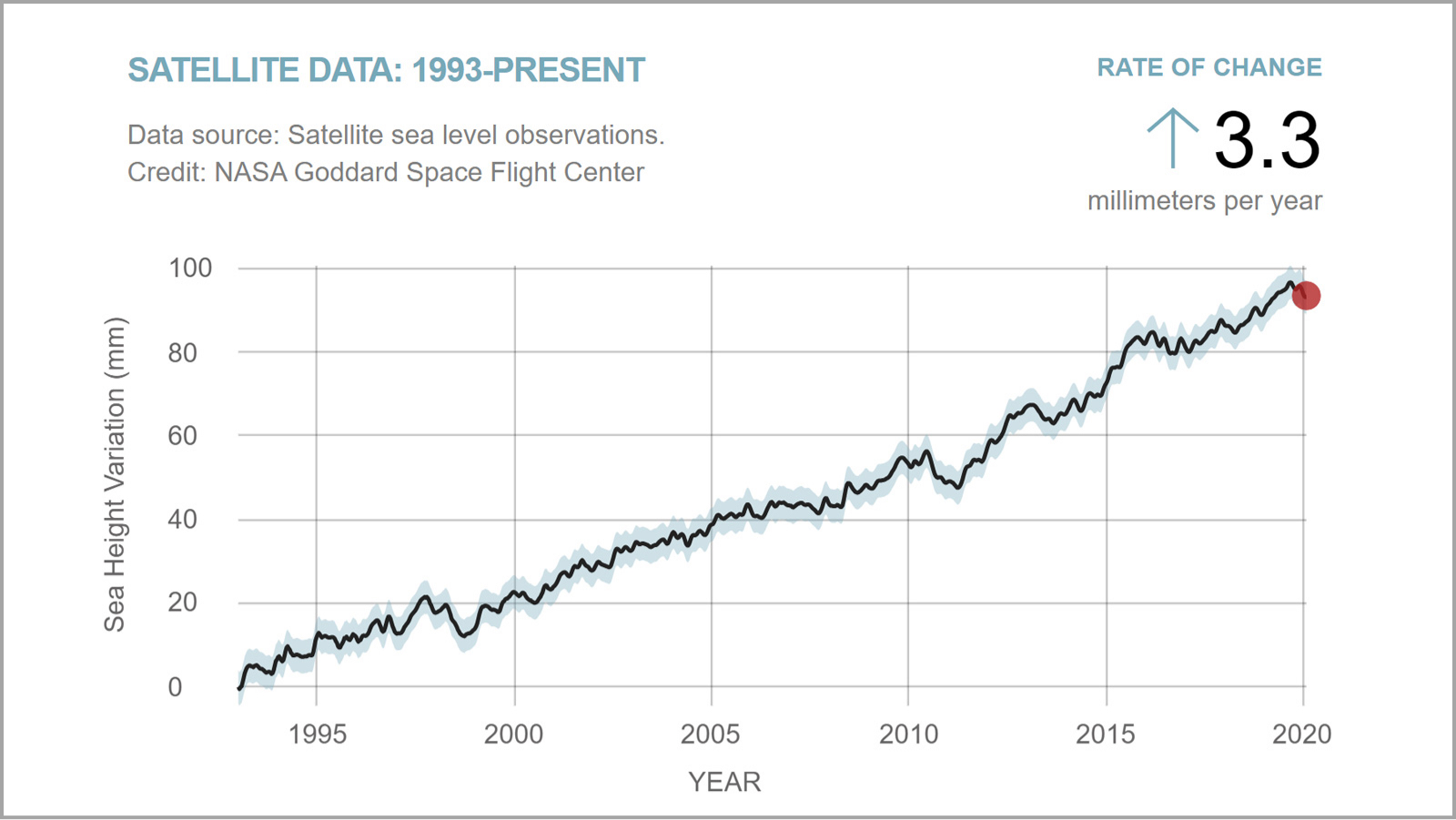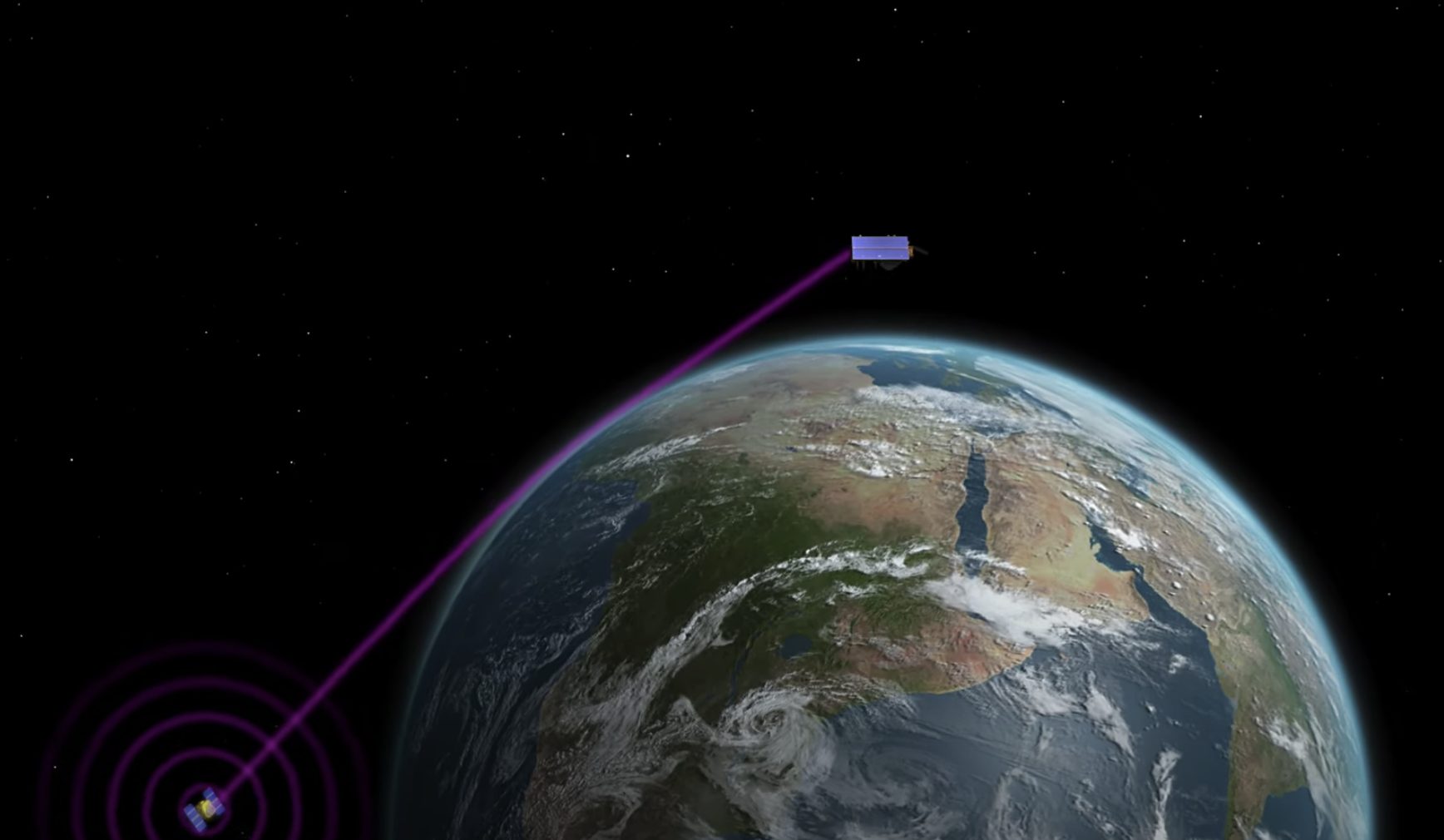Earth's climate is changing. To understand what that means for the planet and for humanity, scientists need a long view. For nearly 30 years, an uninterrupted series of satellites has circled Earth, keeping an eye on one of the clearest signals of global warming – sea level rise. The Sentinel-6 Michael Freilich satellite and a second identical satellite, both part of a joint U.S.-European effort, will add another 10 years of sea level measurements to that dataset. Sentinel-6 Michael Freilich was named for the former director of NASA's Earth Science Division, who substantially contributed to the mission's realization.
The two identical spacecraft, launched five years apart, will study ocean heights from an orbit 830 miles (1,336 kilometers) above the planet's surface. Sentinel-6 Michael Freilich has a prime mission of 5.5 years and will launch no earlier than Nov. 10. Its doppelganger, Sentinel-6B, will lift off in 2025. Along with measuring global sea level rise and ocean circulation, the satellites will record vertical profiles of atmospheric temperature and humidity. The data will help scientists to forecast how much the ocean could encroach on coastlines, improve weather forecasts and hurricane predictions, and advance the study of ocean tides and phenomena like El Niño and La Niña.
Both satellites will follow in the flight path of four previous U.S.-European missions focused on ocean heights. The first, TOPEX/Poseidon, launched in 1992. It was followed in 2001 by Jason-1, then OSTM/Jason-2 in 2008, and then by the still-operational Jason-3 in 2016. Like the others, Jason-3 flies in the same orbit as its predecessor and was launched before the previous one was decommissioned. This approach has allowed scientists and engineers to cross-calibrate the data that the satellites collect to ensure the continuity of measurements from one mission to the next.
When Sentinel-6 Michael Freilich reaches orbit, it will fly about 30 seconds behind the Jason-3 satellite. Scientists and engineers will spend about a year cross-calibrating the data collected by the two spacecraft. Following this, Jason-3 will be moved into a complementary interleaved orbit and Sentinel-6 Michael Freilich will take over the role of providing primary measurements. Then, in 2025, engineers will perform the same cross-calibration with Sentinel-6B as Sentinel-6 Michael Freilich's prime mission winds down.
The Sentinel-6/Jason-CS mission is being jointly developed by ESA (the European Space Agency), the European Organisation for the Exploitation of Meteorological Satellites (EUMETSAT), NASA, and the National Oceanic and Atmospheric Administration (NOAA), with funding support from the European Commission and support from France's National Centre for Space Studies (CNES).


